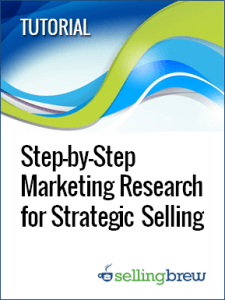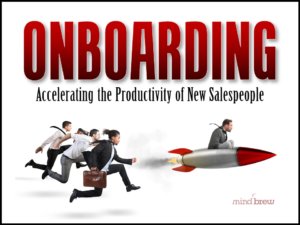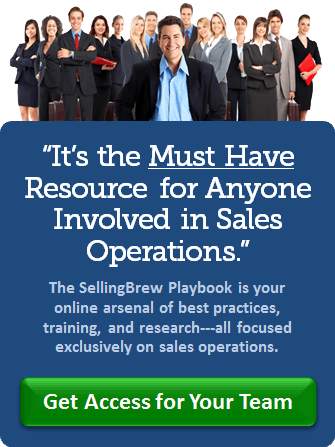Many people regard the Manhattan Project as a great scientific accomplishment. American researchers raced to create the first atomic bomb before the Nazis could do the same. They succeeded, and their efforts helped bring a speedy end to World War II.
But most people don’t realize that in addition to resulting in groundbreaking weapons development, the Manhattan Project also led to groundbreaking project management developments.
You see, part of the reason why scientists and engineers were able to create an atomic bomb so quickly was because one of the companies involved in the project—DuPont—contributed a revolutionary project management technique called “critical path” to the effort. DuPont later shared this technique with the U.S. Navy, and it became part of the foundation for the Program Evaluation and Review Technique (PERT) system that underlies a lot of modern project management.
In a nutshell, a critical path is the minimum number of steps required to complete a given task. So, for example, if you wanted to map out the critical path for your sales process, it might look something like this:
- Make contact with the customer.
- Gather information about the customer’s needs and requirements.
- Propose a solution based on that information.
- Refine that solution based on feedback from the customer.
- Negotiate the terms of the deal.
- Close the sale.
Of course, each step will have sub-steps and dependencies, and different companies will have different sales processes. The important point is that the critical path charts a direct line from the beginning of the sales process to the end without any unnecessary detours.
Whether they use the term “critical path” or not, a lot of sales teams start out with a laser-like focus on the crucial steps necessary to close a sale. But as time goes on, they get burdened by additional steps and cruft that slow everything down like barnacles on a ship.
Maybe they become so overly focused on the demo that is part of the proposal process that they aren’t paying enough attention to the other steps. Maybe they’ve added so much back-and-forth in the refining process that they get caught in an endless loop. Maybe they’ve developed such a complicated procedure for gathering customer requirements that it takes them months before they can even think about drafting a proposal. Maybe they get completely caught up in internal disagreements about whether they should go out and drum up leads or rely primarily on inbound marketing.
Whatever the details of the situation might be, organizations lose sight of the critical path. And as a result, everything… slows… to… a… crawl.
When this happens to your sales team (and it probably will at some point), it’s a great idea to re-examine your sales process and clearly document that critical path. If your process has become long and unwieldy, look for steps that can be removed.
And even if you haven’t noticed sales slowing, it’s a good time to revisit your critical path on a regular basis. Just like ships need to be cleaned of barnacles regularly to keep them sailing smoothly, you need to clean off your sales process on a regular process to keep sales moving.
For help in documenting and streamlining your critical path, check out Beyond Reporting with Sales & Pipeline Analysis and How to Optimize Your Sales Funnel. Both of these resources can help you clean up and tune up your sales processes and speed sales.













